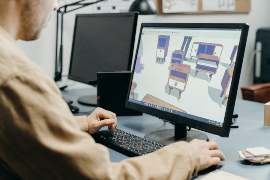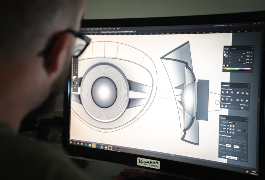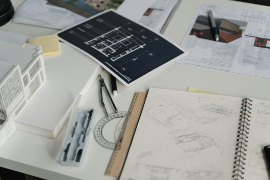Associate in Science in Industrial Design (Associates)
迪布罗谷学院
加利福尼亚州普莱森特希尔
The associate in science degree in industrial design is offered to provide students with academic and technical skills required for transfer to leading industrial design programs offered at four-year universities. The associate in science degree curriculum also provides students with a highly valued skillset needed to enter the modern workforce.
Graduates of the industrial design program can be employed in research and development, rapid prototyping and fabrication, product design, package design, soft goods design, and transportation design. Students in the program will learn how to design products for consumers and industry, as well as utilize advanced surface modeling software and milling programs used for computer numerical control (CNC) manufacturing equipment including 3D printers. Students completing this program will also be candidates for a broad range of manufacturing and corporate jobs requiring a combination of technical knowledge and communication skills needed to collaborate with marketing and engineering personnel and skilled workers in various trades and specialties.
Students who intend to transfer must consult with a program advisor or counselor to ensure that the requirements for transfer to four-year institutions of their choice are met. Students who intend to transfer are advised to select General Education option 2 (IGETC) or option 3 (CSU GE). Option 1 (DVC General Education) is not generally advised.
To earn an associate degree with a major in industrial design, students must complete each of the courses required for the major with a “C” grade or higher, maintain an overall GPA of 2.5 or higher and complete general education requirements as listed in the catalog. Certain courses may satisfy both major and general education requirements; however, the units are only counted once.
课程学习成果
- Work within a team of diverse industry professionals to establish and meet design criteria.
- Use advanced consumer research techniques to better understand human-centered design.
- Design a product using two-dimensional and threedimensional computer software.
- Develop detailed technical drawings of a product.
- Determine the most efficient and responsible manufacturing method for the product.
- Prototype an object from a given technical drawing or three-dimensional CAD model.
- Design and prototype mechanical parts in collaborating with engineers.
- . Use computer integrated manufacturing (CIM) and computer numerical control (CNC) software for automation of manufacturing.










